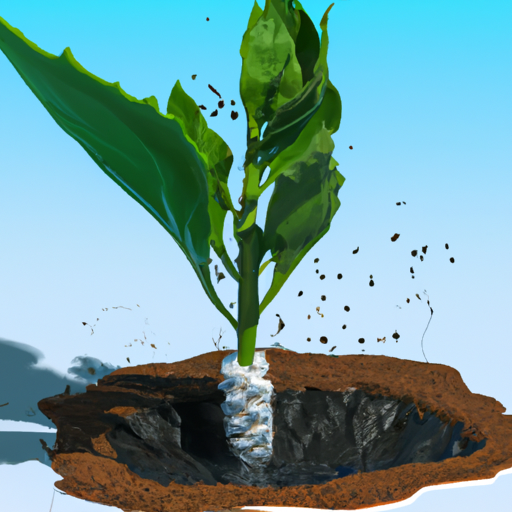Impacts of Microplastics on Soil Fertility and Plant Growth
Microplastics, small plastic particles less than 5mm in diameter, have gained considerable recognition as a ubiquitous environmental pollutant. While their presence in maritime environments receives the majority of attention, emerging research has raised concerns about their impacts on terrestrial ecosystems, particularly for soil health and plant growth. This article will examine these impacts, and discuss potential solutions to reduce these adverse effects.
Sources and Transport of Microplastics to the Soil Environment
Microplastics originate from a variety of sources, both primary (direct release into the environment as small particles) and secondary (fragmented from larger plastic items). These include industrial abrasives, wastewater effluents, degraded plastic waste, tire wear, synthetic textiles, among others. They land on soil through atmospheric deposition, wastewater irrigation, compost application, and accidental littering. Surface water runoff, wind, and animal activity contribute to their distribution across different soil profiles.
Potential Effects on Soil Health
Once in the soil, microplastics are likely to interact with biophysical processes, potentially affecting soil structure, water holding capacity, aeration, and susceptibility to erosion. Furthermore, they complicate nutrient cycles. Microplastics have been found to adsorb heavy metals and organic pollutants, which impacts nutrient availability and potentially leads to soil toxicity. The presence of microplastics may also affect soil microbiota, the engine room of nutrient cycling, putting at risk the soil’s long-term productivity.
Impacts on Plant Growth and Productivity
Research specifically assessing microplastics’ impacts on plants is relatively recent and limited. However, studies are beginning to show that these pollutants can affect plant health and growth. They can inhibit the germination of seeds, disrupt the normal growth of plant roots, and influence water uptake, all of which can hamper overall plant productivity. More research is needed to understand the mechanisms driving these effects.
Existing Research and Future Needs
Despite a growing body of research on microplastics, much of our understanding of their terrestrial impacts is still based on studies simulating field conditions in laboratories. In order to move from laboratory-scale to larger field-scale research, collaboration among researchers, policymakers, and stakeholders from various sectors is crucial. There is also a pressing need to investigate the long-term effects of microplastics on soil-plant systems in diverse geographic and climatic settings.
Potential Mitigation Strategies
Addressing soil microplastic pollution involves discerning the primary sources and intervening there. Improved waste management, sustainable production and consumption patterns, and adoption of biodegradable materials can help reduce plastic leakage into the environment. Farming practices like reduced tillage and cover cropping can help limit microplastics’ transport. Furthermore, employing biological agents like earthworms or fungi, which are shown to degrade plastics, may offer a promising solution.
In conclusion, the issue of microplastics in soil and its impact on plant health is a growing environmental concern that requires our attention and action.



















Comments
Leave a Comment